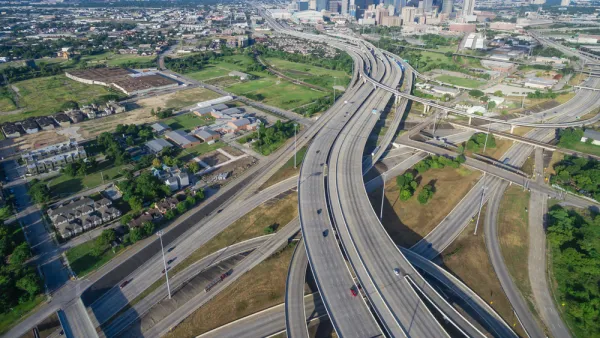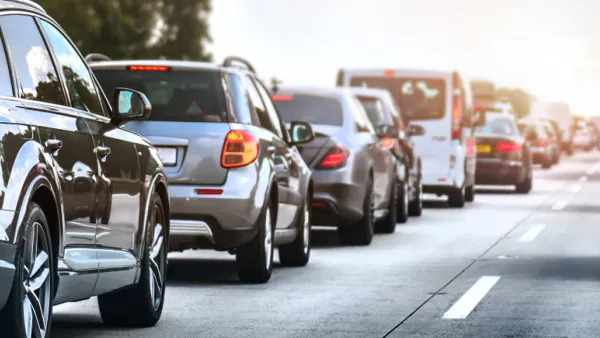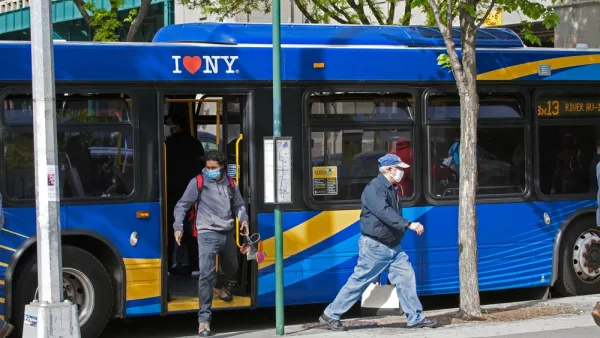Mobility as a Service (MaaS) relies on technology to streamline transportation and improve access. But apps are not going to be enough for people to leave their cars behind.

David Zipper takes a closer look at Mobility as a Service (MaaS) and its potential to shift people from driving to other more sustainable modes. "Boosters of the concept hail it as a means of weaning commuters off privately owned automobiles via technology platforms that allow them to easily book and plan trips across an array of urban transportation services—including transit, bikeshare, ride hail, e-scooters, and more."
The goal is admirable, says Zipper, but he challenges the notion that technology is a mobility solution more than just a tool. Apps can help travelers navigate transportation systems, but they cannot create accessible and robust mobility networks. For that, policy and planning need to address service and infrastructure issues.
Increased transit frequency, improved biking infrastructure, and higher driving costs provide incentives for people to look to alternatives to auto use. MaaS can bring a variety of modes together onto one platform, says Zipper. "But we should be realistic: Without supportive policies and investment decisions, the smartest MaaS technology in the world won’t be able to liberate cities from our reliance on automobility."
FULL STORY: There’s No App for Getting People Out of Their Cars

National Parks Layoffs Will Cause Communities to Lose Billions
Thousands of essential park workers were laid off this week, just before the busy spring break season.

Retro-silient?: America’s First “Eco-burb,” The Woodlands Turns 50
A master-planned community north of Houston offers lessons on green infrastructure and resilient design, but falls short of its founder’s lofty affordability and walkability goals.

Delivering for America Plan Will Downgrade Mail Service in at Least 49.5 Percent of Zip Codes
Republican and Democrat lawmakers criticize the plan for its disproportionate negative impact on rural communities.

Test News Post 1
This is a summary

Test News Headline 46
Test for the image on the front page.

Balancing Bombs and Butterflies: How the National Guard Protects a Rare Species
The National Guard at Fort Indiantown Gap uses GIS technology and land management strategies to balance military training with conservation efforts, ensuring the survival of the rare eastern regal fritillary butterfly.
Urban Design for Planners 1: Software Tools
This six-course series explores essential urban design concepts using open source software and equips planners with the tools they need to participate fully in the urban design process.
Planning for Universal Design
Learn the tools for implementing Universal Design in planning regulations.
EMC Planning Group, Inc.
Planetizen
Planetizen
Mpact (formerly Rail~Volution)
Great Falls Development Authority, Inc.
HUDs Office of Policy Development and Research
NYU Wagner Graduate School of Public Service





























